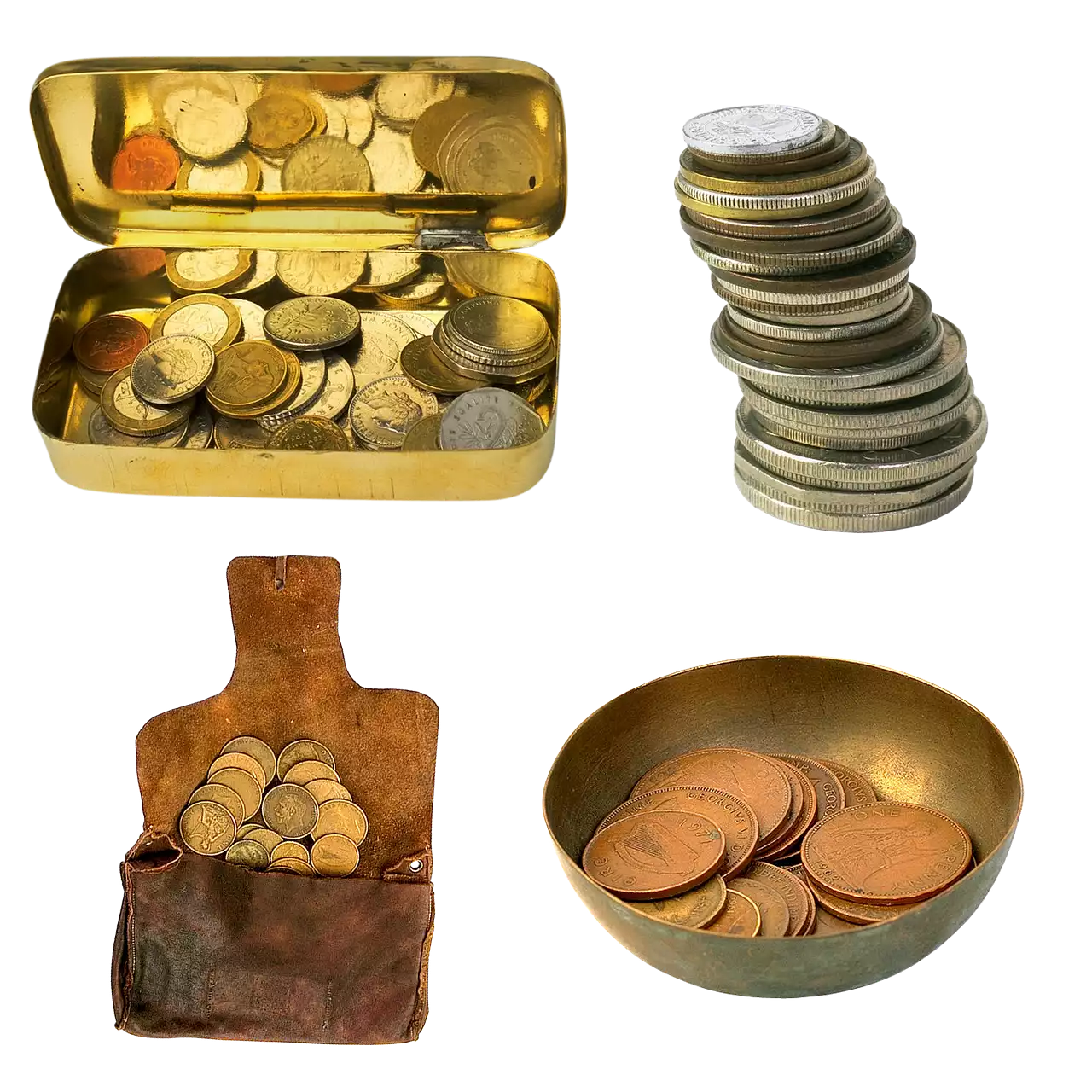What is life insurance?
Life insurance is a type of financial planning that pays out benefits to the policyholder's beneficiaries in the event of the policyholder's death. The amount paid out depends on the type of life insurance policy being held and the circumstances of the death. Most types of life insurance policies will pay out a lump sum in the event of the policyholder's death. Some policies may also cover the costs of ongoing medical care and/or provide a way of paying off any remaining debt. Life insurance is an important part of financial planning, providing a way to protect a person's family in the event of their death. There are three main types of life insurance available: term life insurance, whole life insurance, and universal life insurance.
Overview of the three main types of life insurance
Term life insurance is the simplest form of life insurance. Individuals will pay a set premium for a set period of time, usually for a one-year term. In the event of the policyholder's death, their beneficiaries will receive a death benefit from the insurance company. Whole life insurance, on the other hand, is a type of permanent insurance. Individuals will pay a set premium for the duration of the policy, usually for a 20-30 year period. The insurance company will use the premiums to pay out death benefits and can also use them to pay for the costs of running their business. Universal life insurance is a hybrid of term and whole life insurance. It is like term life insurance in that it is a one-year contract with a set premium. Once the contract ends, individuals can decide whether to renew the policy or not. Universal life insurance, like whole life insurance, allows people to add a cash value to their policy. This is an additional benefit that is not available with term life insurance. It is important to note that the cash value is not guaranteed. It is up to the policyholder to make sure they are making regular payments to be sure they do not lose their investment.
Term life insurance
Term life insurance is a form of temporary life insurance. It provides a simple form of coverage and is designed to protect a person's family in the event of their death for a set period of time. Term life insurance is usually less expensive than other types of life insurance. That is why it is often used for short-term financial planning, such as paying off a mortgage or other large debts. Term life insurance may also be used as a starter policy for young families who are getting their finances in order. It is important to note that term life insurance has an end date. In the event of the policyholder's death, their beneficiaries will not receive a death benefit. Term life insurance provides a simple way for people to protect their family in the event of their death.
Whole life insurance
Whole life insurance is a more comprehensive form of life insurance than term life insurance. It is permanent insurance and will remain in effect as long as the policyholder continues to pay the premiums. Whole life insurance provides a death benefit that will be paid out in the event of the policyholder's death. It also offers an investment component, which allows the policyholder to potentially earn a higher rate of return on their money. Most people who are choosing between term life insurance and whole life insurance will find that term life insurance is cheaper. Whole life insurance, however, has a few advantages over term life insurance. These include a guaranteed death benefit and the potential to build a cash value over time with the right investment choices.
Universal life insurance
Universal life insurance is a hybrid of term and whole life insurance. It is like term life insurance in that it is a one-year contract with a set premium. Once the contract ends, individuals can decide whether to renew the policy or not. Universal life insurance, like whole life insurance, also allows people to add a cash value to their policy. This additional benefit is not available with term life insurance. Universal life insurance has some advantages over term life insurance. It has the potential to grow, like whole life insurance, and allows people to adjust their premiums over time, making it ideal for people who expect their financial situations to change. Universal life insurance provides an affordable way for people to protect their family in the event of their death. It is ideal for short-term financial planning, similar to term life insurance, as well as long-term financial planning.
How to choose the right type of life insurance
There are a few things to keep in mind when choosing between the different types of life insurance. First, individuals should consider the cost of each type of life insurance. Term life insurance is usually less expensive than whole life insurance. Whole life insurance, on the other hand, has a built-in investment component that may offer a higher rate of return. It is important to note that the cost of each type of life insurance will change over time, so individuals should keep this in mind when making their decision. Another consideration is how long the insurance will last. People will usually pick term life insurance for short-term financial planning, while whole life insurance is more appropriate for longer-term financial planning. It is important to note that term life insurance has an end date. There is also the potential for a change in premiums over time. Universal life insurance provides a middle ground between term life insurance and whole life insurance. It is like term life insurance in that it is a one-year contract with a set premium. It is like whole life insurance in that it has a built-in investment component. There is also the potential for premiums to change over time.









